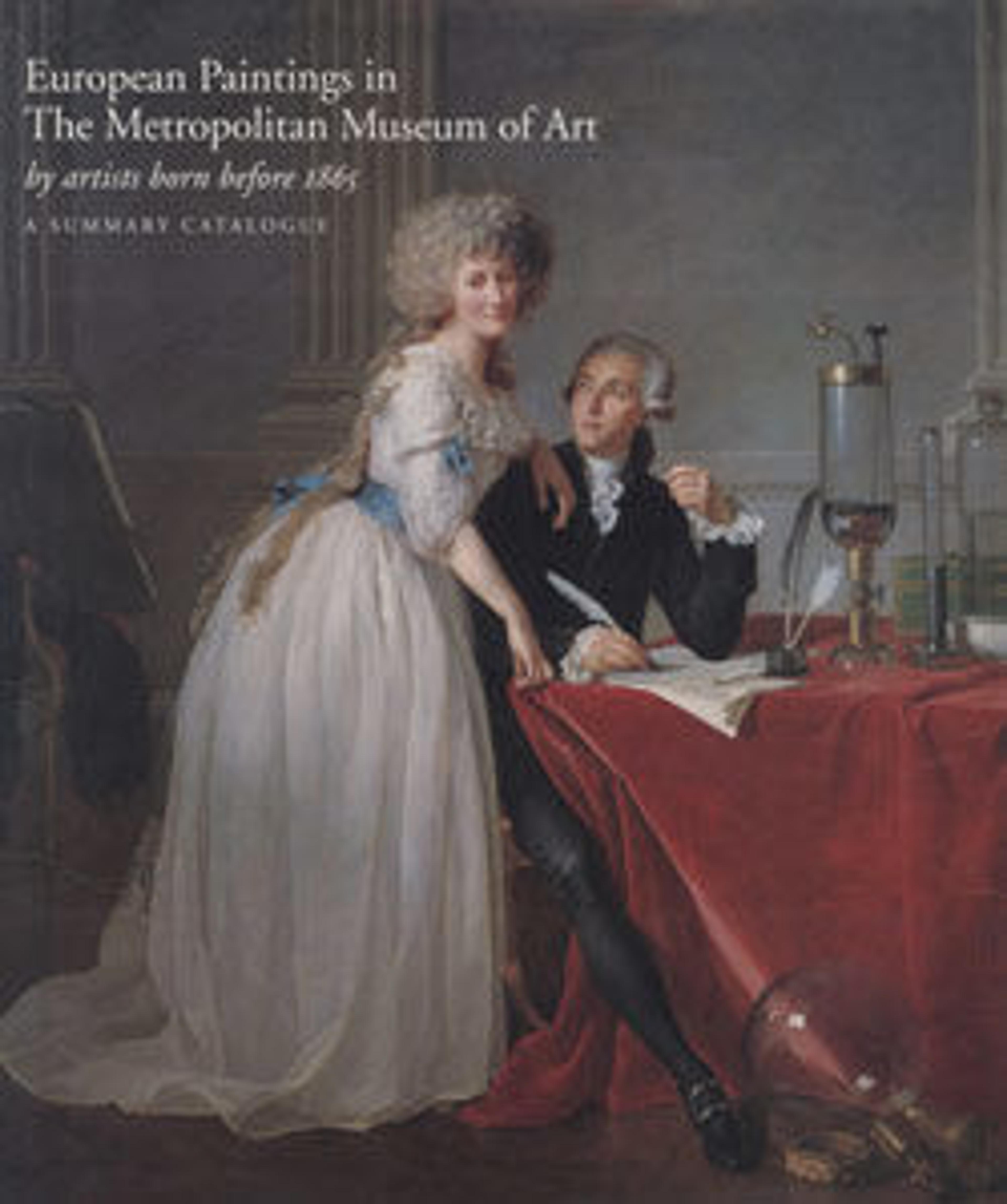The Betrayal of Christ
These two panels from the base (predella) of an altarpiece show three episodes from the Bible: in one Christ is arrested (the naked man is an apostle—John or Mark—fleeing, in accordance with Mark 14:51–52). In the other Christ’s body is mourned and then buried. Bartolomeo di Tommaso is an artist of strikingly modern expressive power, unfettered by the concerns for naturalism embraced by Renaissance painters.
Artwork Details
- Title:The Betrayal of Christ
- Artist:Bartolomeo di Tommaso (Italian, Umbrian, active by 1425–died 1453/54)
- Date:ca. 1445–50
- Medium:Tempera on wood
- Dimensions:Overall 8 3/4 x 17 in. (22.2 x 43.2 cm); irregular painted surface 7 3/4 x 16 1/8 in. (19.7 x 41 cm)
- Classification:Paintings
- Credit Line:Gwynne Andrews Fund, 1958
- Object Number:58.87.1
- Curatorial Department: European Paintings
More Artwork
Research Resources
The Met provides unparalleled resources for research and welcomes an international community of students and scholars. The Met's Open Access API is where creators and researchers can connect to the The Met collection. Open Access data and public domain images are available for unrestricted commercial and noncommercial use without permission or fee.
To request images under copyright and other restrictions, please use this Image Request form.
Feedback
We continue to research and examine historical and cultural context for objects in The Met collection. If you have comments or questions about this object record, please contact us using the form below. The Museum looks forward to receiving your comments.
